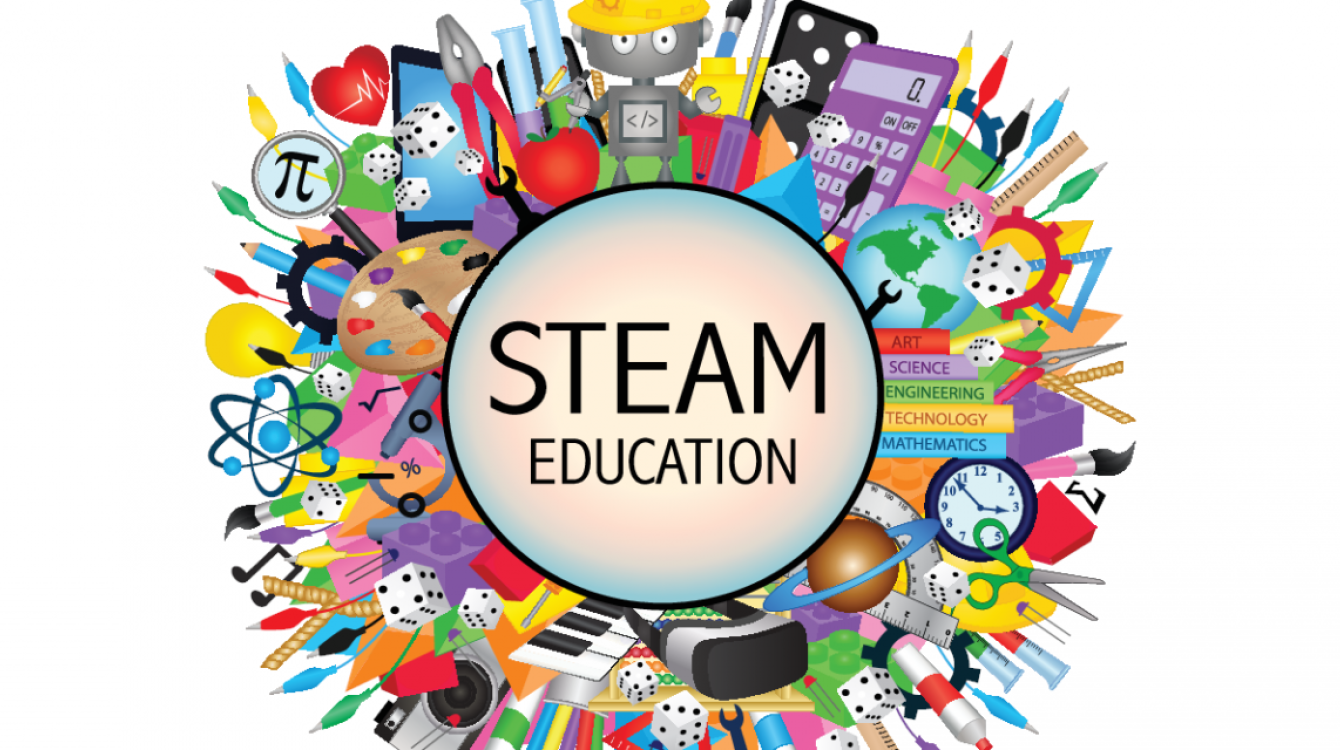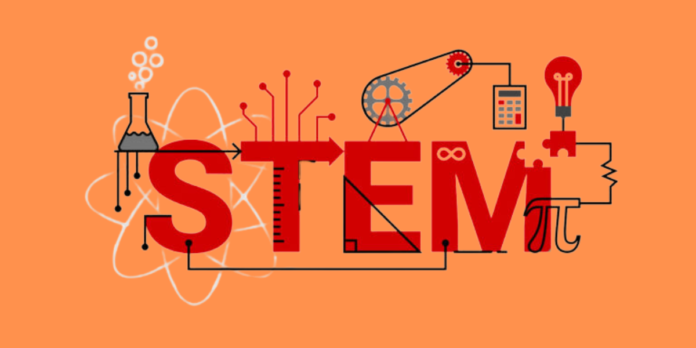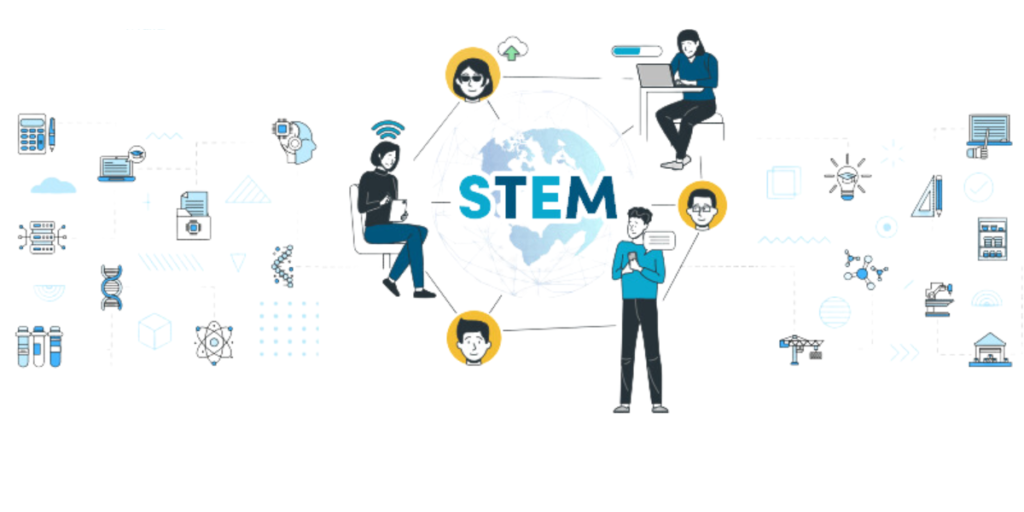STEM education, an acronym for Science, Technology, Engineering, and Mathematics is a critical and transformative approach to learning that equips students with the skills and knowledge necessary to thrive in an increasingly technological and data-driven world. Over the past few decades, the emphasis on STEM fields has grown significantly, as nations recognize its role in fostering innovation, and economic growth, and addressing global challenges.
The Rise of STEM Education
The push for STEM education began in earnest in the late 20th century, driven by a growing awareness that the future workforce would need a strong foundation in science and technology to remain competitive in a global economy. The National Science Foundation (NSF) played a pivotal role in promoting STEM fields in the United States, highlighting the importance of integrating these disciplines into the curriculum to prepare students for careers in high-demand fields.

In recent years, the urgency for robust STEM fields has only intensified. The digital revolution, characterized by rapid advancements in artificial intelligence, biotechnology, and information technology, has transformed industries and created new opportunities and challenges. As a result, educators and policymakers have recognized that a strong STEM field is essential for individual success and national competitiveness and security.
Key Components of STEM Education
Interdisciplinary Learning:
One of the core principles of STEM education is its interdisciplinary approach. Unlike traditional education models that treat subjects as separate entities, STEM education emphasizes the interconnectedness of science, technology, engineering, and mathematics. This approach reflects real-world applications where these fields often overlap and interact.
Problem-Based Learning (PBL):
PBL is a cornerstone of STEM education. Students engage in hands-on, collaborative projects that require them to apply their knowledge to solve complex, real-world problems. This method fosters critical thinking, creativity, and practical skills, preparing students to tackle future challenges.
Technology Integration:
Technology is both a subject and a tool in STEM education. Students learn to use advanced technological tools and software, gaining coding, data analysis, and digital communication proficiency. This exposure helps demystify technology and empowers students to leverage it innovatively.
Focus on Innovation and Creativity:
STEM education encourages students to think outside the box and develop innovative solutions. By fostering an environment that values experimentation and embraces failure as a learning opportunity, STEM programs cultivate a mindset geared towards continuous improvement and discovery.
The Impact of STEM Education
The benefits of STEM education are manifold, impacting individuals, societies, and economies in profound ways.
Economic Growth and Competitiveness:
Countries that invest in STEM fields tend to have stronger economies. A workforce skilled in STEM fields drives innovation, leading to the development of new industries and technologies. This, in turn, creates high-paying jobs and stimulates economic growth.
Addressing Global Challenges:
STEM education equips students with the knowledge and skills to address some of the world’s most pressing issues. Such as climate change, public health crises, and sustainable development. By fostering a generation of problem-solvers, STEM education can lead to breakthroughs that improve the quality of life globally.
Equal Opportunities:
STEM fields also play a crucial role in promoting social equity. By providing all students with access to quality STEM learning experiences, societies can ensure that underrepresented groups. Women and minorities have the opportunity to pursue careers in high-demand STEM fields. This not only promotes diversity but also maximizes the potential of the entire talent pool.
Challenges and Future Directions
Despite its many benefits, STEM fields face several challenges. Ensuring that all students have access to high-quality STEM programs requires substantial investment in resources, teacher training, and curriculum development. There is also a need to address the persistent gender and racial gaps in STEM fields, encouraging more diverse participation.
Furthermore, as the pace of technological change accelerates, STEM curricula must continuously evolve to keep up with new developments. This means not only updating content but also adopting new pedagogical approaches that reflect the changing nature of work and society.
Looking ahead, the future of STEM fields is likely to be characterized by greater personalization and integration with other disciplines. Personalized learning, facilitated by advancements in educational technology, can tailor STEM fields to individual students’ strengths and interests, making it more engaging and effective. Additionally, the integration of arts and humanities into STEM (often referred to as STEAM) can foster a more holistic and creative approach to problem-solving.
Conclusion:
STEM education is more than a set of subjects; it is a dynamic and essential approach to learning that prepares students for the future. By fostering interdisciplinary thinking, problem-solving skills, and technological proficiency. STEM education equips individuals to navigate and shape a rapidly changing world. As we move forward. Ensuring that STEM fields are accessible, inclusive, and responsive to new challenges will be crucial for building a prosperous and equitable society.



